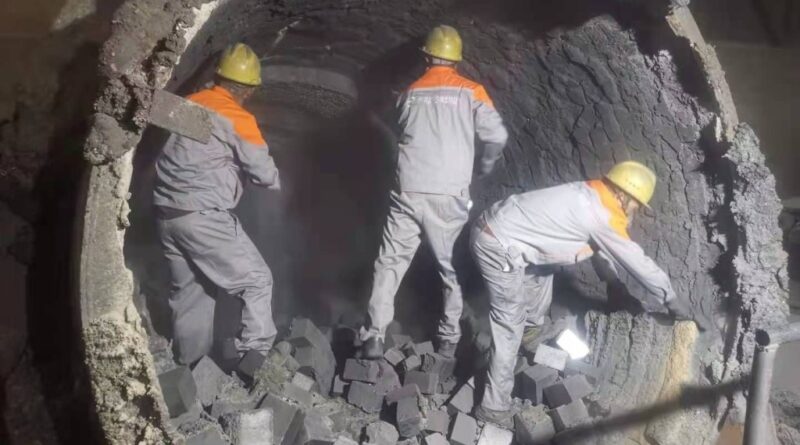Advancements in Refractory Recycling Techniques
In the refractory industry, recycling is the way forward for environmental protection and economic benefits. Traditionally, refractory materials have not been easy to recycle effectively. However, recent advancements are changing this story and opening new opportunities for more sustained practices.
Current Recycling Practices
Common recycling methods involve the crushing and reprocessing of used refractories to create new products. While this is valuable, the process is often limited by contamination and the varying composition of refractory materials. Despite these difficulties, the industry has made progress in improving the efficiency and effectiveness of these recycling methods.
Innovative Recycling Technologies
New technologies in refractory recycling are focused on improving material recovery and reducing environmental impact. One of these advances is the creation of more sophisticated separation techniques that allow for the extraction of purer material streams from mixed refractory waste. Similarly, modern thermal processes allow materials to be recovered from spent refractories, reducing the need for new raw materials.
Refractory Recycling Challenges
The diversity of refractory materials, often designed for specific industrial applications, means that recycling processes must be equally diverse. In addition, contamination from metals and other materials can complicate the recycling process, requiring more advanced separation and processing techniques.
Environmental Impact
By reusing materials, the industry can significantly reduce its waste output and minimize the ecological footprint of refractory production. This helps conserve natural resources and reduces greenhouse gas emissions associated with the production of new refractories.
Economic Implications
From an economic perspective, recycling offers opportunities for cost savings. By recovering and reusing materials, companies can reduce their dependence on raw materials, which are often expensive and subject to market fluctuations.
The future of refractory recycling also depends on evolving supply chains that focus on strategic alliances between end-users, recyclers and manufacturers. These collaborations aim to optimize the recycling process, from the sourcing of used refractories to their reuse as secondary raw materials.
There’s a growing emphasis on automation, particularly in waste sorting, to improve efficiency and accuracy. This move increases recycling rates and aligns with broader sustainability goals within the industry, marking a significant step toward a more circular economy.




